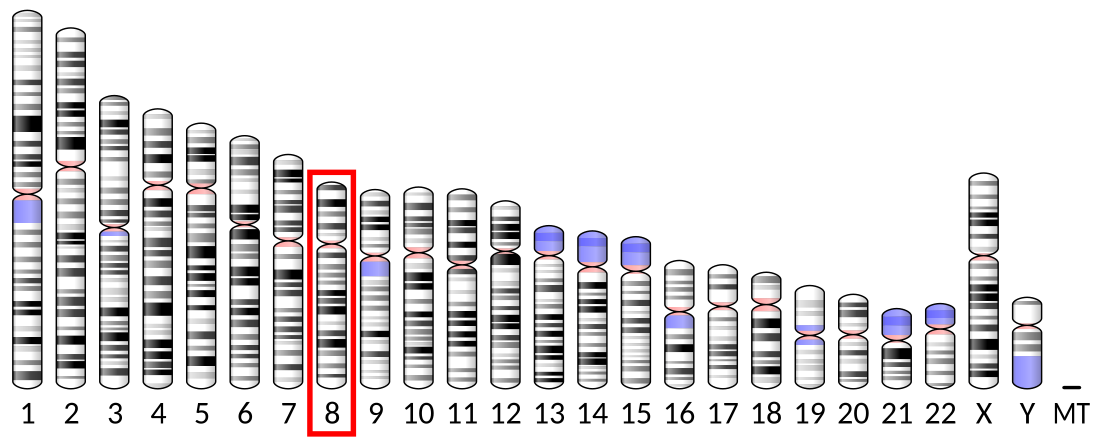Top Qs
Timeline
Chat
Perspective
CPSF1
Protein-coding gene in humans From Wikipedia, the free encyclopedia
Remove ads
Cleavage and polyadenylation specificity factor subunit 1 is a protein that in humans is encoded by the CPSF1 gene.[5][6][7]
In most cases eukaryotic pre-messenger(m)RNA 3 prime ends are processed in two coordinated steps. First there is a site-specific cleavage by an endonuclease and then the addition of a poly(A) tail at the 3 prime end of the 5 prime cleavage product. Cleavage requires four multisubunit complexes, namely cleavage and polyadenylation specificity factor (CPSF), cleavage stimulation factor (CstF), cleavage factors Im and IIm (CFIm and CFIIm), along with a single subunit poly(A)polymerase (PAP). CPSF1 is the largest component of the CPSF complex composed of CPSF1, CPSF2, CPSF3, CPSF4, FIP1L1, Symplekin and WDR33 and located in the nucleus.[8]
Remove ads
References
Further reading
External links
Wikiwand - on
Seamless Wikipedia browsing. On steroids.
Remove ads







